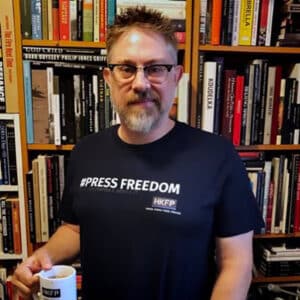© Robert Gumpert
Superbowl 50, between the Denver Broncos and the Carolina Panthers, came to Levi's Stadium in Santa Clara, California, in the San Francisco Bay area, in February of 2016. According to reports for Forbes, the game was expected to gene...



